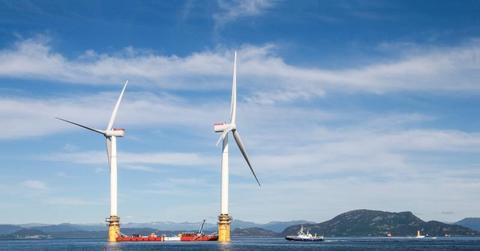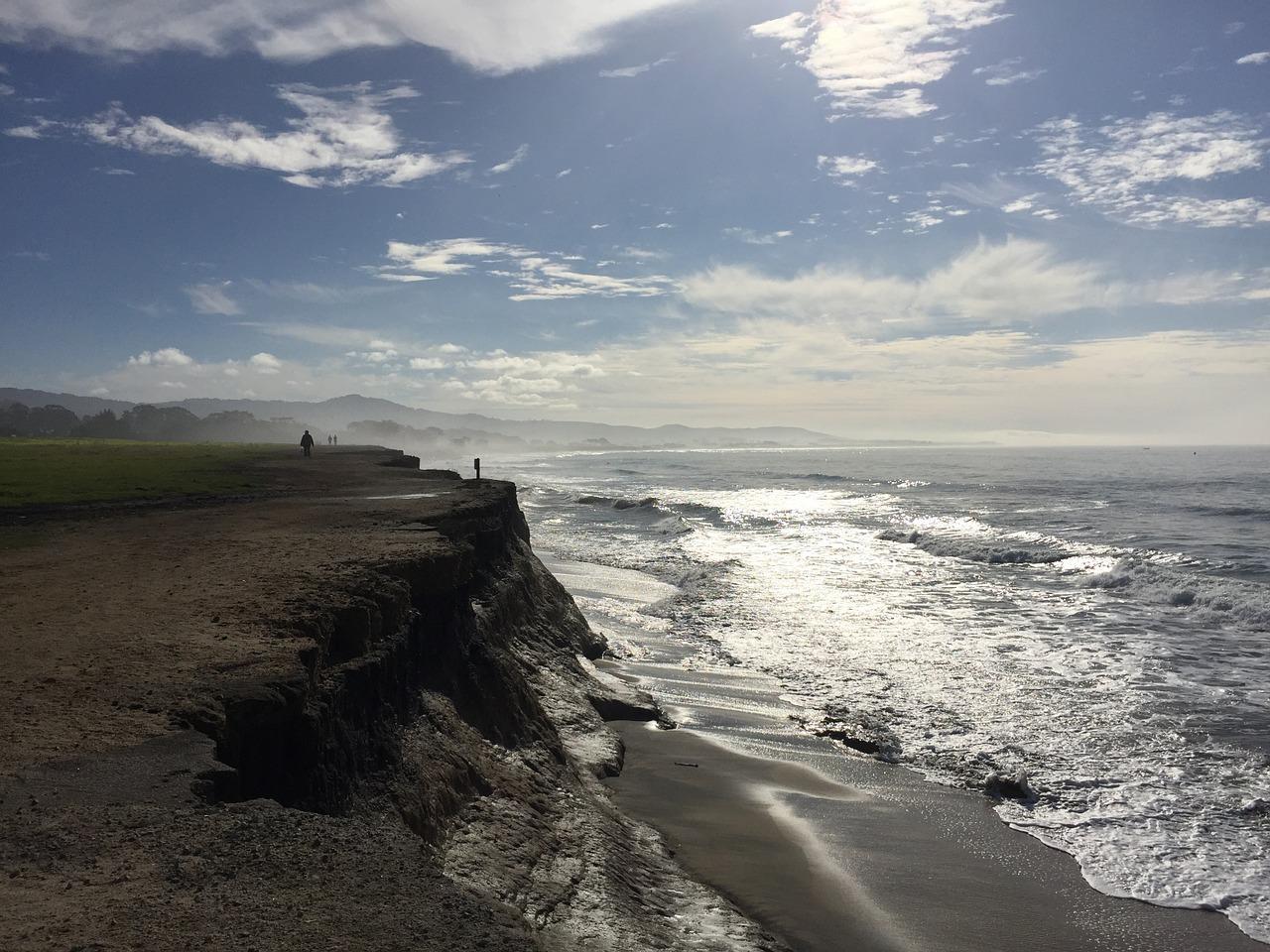Wind Farms In The North Atlantic Show Promise As World Energy Source
Wind turbines are limited to the amount of power they can generate on land, which has led to the emergence of offshore farms. There's a chance even more energy can be generated in the open ocean as scientists are looking at the potential of the North Atlantic area.
Updated May 22 2019, 10:33 a.m. ET

As we move toward green energy, we have a lot to consider when it comes to what kind of approach we pursue. For example, if we focus on wind turbines, much of our land would become increasingly cluttered with the turbines themselves. This has led to the research and development of offshore wind farms, which have the potential to hold bigger turbines that can generate more power. Scientists have been studying these turbines further into the ocean, and there’s a chance they could generate enough power for the world.
Wind speeds are much faster over the ocean than they are on land. Regardless of how efficient we can make them, they would theoretically generate much more power on water. These turbines max out at 1.5 watts per square meter. This has led to an increase of offshore wind farms around the world.
The United States has just scratched the surface of this renewable source. Block Island, which is off the coast of Rhode Island, became the first area to be fully powered by an offshore wind farm. Danish energy powerhouse Orsted, who used to go by Dong Energy, has been spearheading the efforts stateside with other projects along the East Coast.
While this presents a great opportunity, what if these turbines were pushed even further into the open ocean? Scientists have been studying whether or not they could take advantage of the additional wind power in these locations. By adding those, could that affect the wind overseas?
"Are the winds so fast just because there is nothing out there to slow them down?” Ken Caldeira, a scientist at the Carnegie Institution for Science, said to Science Daily. “Will sticking giant wind farms out there just slow down the winds so much that it is no better than over land? ...The real question is can the atmosphere over the ocean move more energy downward than the atmosphere over land is able to?"
Based on their studies with potential farms in the North Atlantic Ocean, winds wouldn’t slow down in the open ocean. In fact, they wouldn’t suffer from the limitations of both land and offshore wind turbines. This is due to the heat that comes off of the ocean during the winter season. As expected, this would change during the summer with less energy being generated.
According to EcoWatch, winds over the ocean would be at least 70 percent higher than on land. Up to 13.5 kms per second can be achieved in the Southern Hemisphere. Hypothetically, up to 80 watts per square meter could be generated, but we can’t harvest near that amount as usable electricity due to turbine drag. However, at least three times the amount of energy that can be generated on land could be obtained.
There’s a number of questions that still remain as research continues. Maintenance is already tough on offshore wind farms, and that would be a bigger obstacle in the open ocean. How will this energy be delivered around the world if it can be generated at that scale? As always, technological improvements and decreasing costs will likely make this a viable option in the future.
